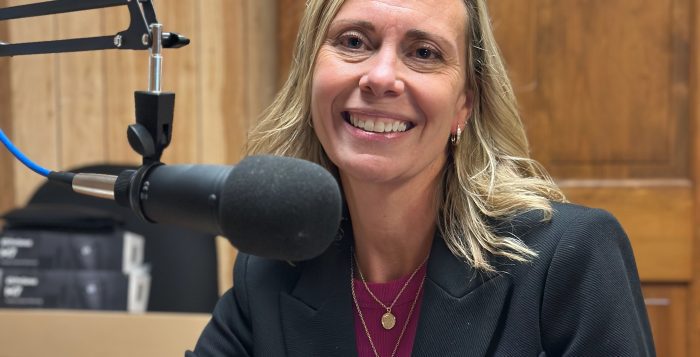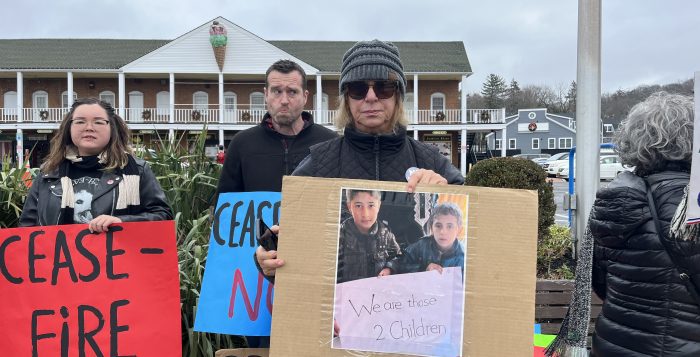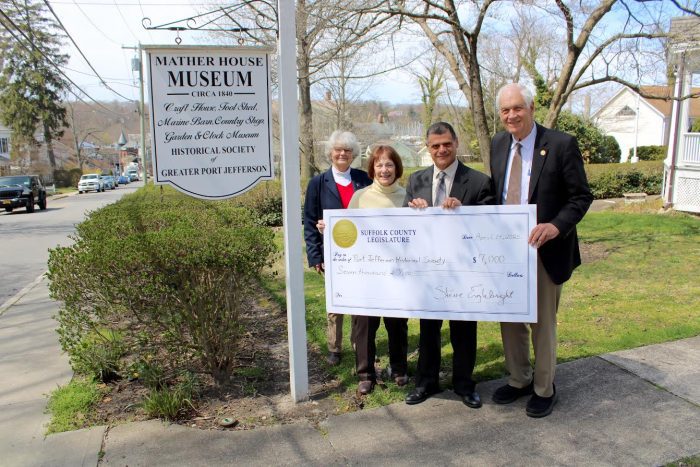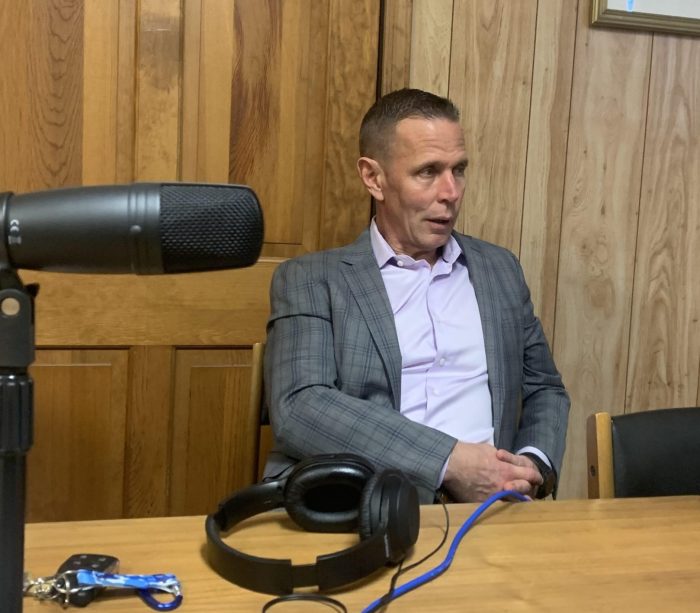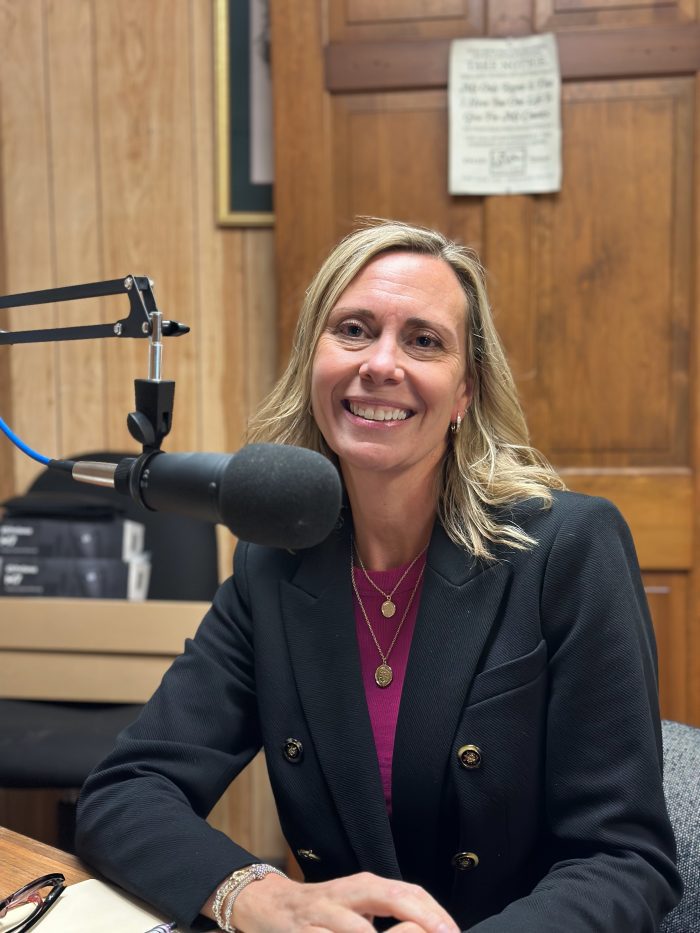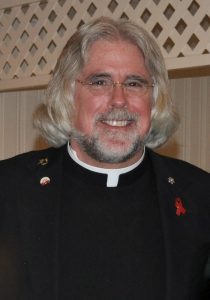By Tara Mae
The scent of paint permeates the promise of potential during Gallery North’s 21st annual Wet Paint Festival on Saturday, June 7, and Sunday, June 8, from 10 a.m. to 4 p.m.
Approximately 50 artists working in diverse mediums — acrylics, oils, pastels, mixed media — will demonstrate the utterly unique experience of en plein air painting, the act of painting outdoors.
“It is a special event and loads of fun for everyone,” Gallery North Executive Director Ned Puchner said.

Children’s art activities will be offered by Gallery North. Members of the Four Harbors Audubon Society will give guided nature walks. History walks will be led by members of the Three Village Dads Foundation on Saturday and Margo Arceri of Tri-Spy Tours on Sunday. Food from Level Up Kitchen will be available for purchase.
With WUSB 90.1 fm/107.3 fm radio, Gallery North will have live music by The Fox Hill Chamber Consortium playing classical and baroque music on Saturday and singer-songwriter Kane Daily performing rock music on Sunday.
“This is a celebration of our local artists and history of plain air painting — outdoor painting capturing beauty of a location — as well as art, history, and music,” Gallery North Director of Development Erin Smith said.
Held this year on the verdant properties of the historic 9-acre Merritt Hawkins Homestead (c. 1774) and adjacent Nassakeag Elementary School at 490 Pond Path in Setauket, the event invites artists to dare to paint plein air in a location resplendent with authentic ambiance and natural beauty.
Participants will set up in places of their choosing on the estate — all other activities will be held on the school grounds. Visitors will be able to observe them in action as they share an esteem of the environment.
“Each year, the gallery picks a new location, or rotates between locations — a spot artists may not find when looking for places to paint — a place with historical significance, a different vantage point and view, in order to increase community’s awareness of the area,” Gallery North curator Kate Schwarting said.
Settings are chosen for their aesthetic appeal and cultural significance. Selecting these sites cultivates a camaraderie among participants and observers while they engross themselves in local lush landscapes, perhaps for the first time. The Wet Paint Festival is a singular opportunity for audience and artists to enjoy an inspiring scene at the same time.

“We want to bring artists together, celebrate the art of plain air painting, and teach people what it is and how it is different from painting in studio. Art generally tends to be a solitary practice; the festival is a way for artists to get together and celebrate each other,” Schwarting said.
Participating artists also appreciate this distinctive approach and how it differs from their regular artistic practices as well as other festivals.
“I just love the adventure of it — the chance to paint outside and feel part of a community with other artists. There’s something really special about the energy of everyone out there together, each of us trying to find something interesting to paint while working through the challenges of our own pieces,” participant William Low said. With Steve Behler, another regional artist, he will be offering guided tours on plein air painting.
Plein air art incorporates a component of excitement unlike other forms. Artists are at the mercy of the outdoors’ whims. Rather than painting from pre-conceived concepts, they commit to encapsulating a part of their world as it exists and even changes around them.
“It is a race to produce the work before weather and elements change. Artists never know what final piece will be. It’s about looking and being mindful, a very meditative practice — [as an artist] you have to be all there, you cannot be overthinking things,” Schwarting said. “It is a great exercise to be immersed in nature, environment, and location.”
For artists and attendees alike, the festival is an occasion to engage all their senses as they celebrate not only their art, but how the process of creation is a means of connection and communication.
‘’The Wet Paint Festival is such a welcoming and inspiring event, not just for the artists, but for anyone who loves seeing creativity in action. I’m incredibly grateful to be part of a festival that celebrates all kinds of expression, and I hope people leave feeling inspired to make something of their own,” participant Loretta Oberheim said.
Sponsored by the Village Art Collective, Bryant Funeral Home, Tasty Frosty, and Suffolk County’s Department of Economic Development and Planning, the Wet Paint Festival goes on rain or shine. All works created at the event will be featured in an art exhibit at The Reboli Center for Art and History, 64 Main St., Stony Brook from July 8 to July 13 with a reception on July 12.
Both the Wet Paint Festival and subsequent exhibit at the Reboli Center are free and open to the public.
For more information, call 631-751-2676 or visit www.gallerynorth.org.

